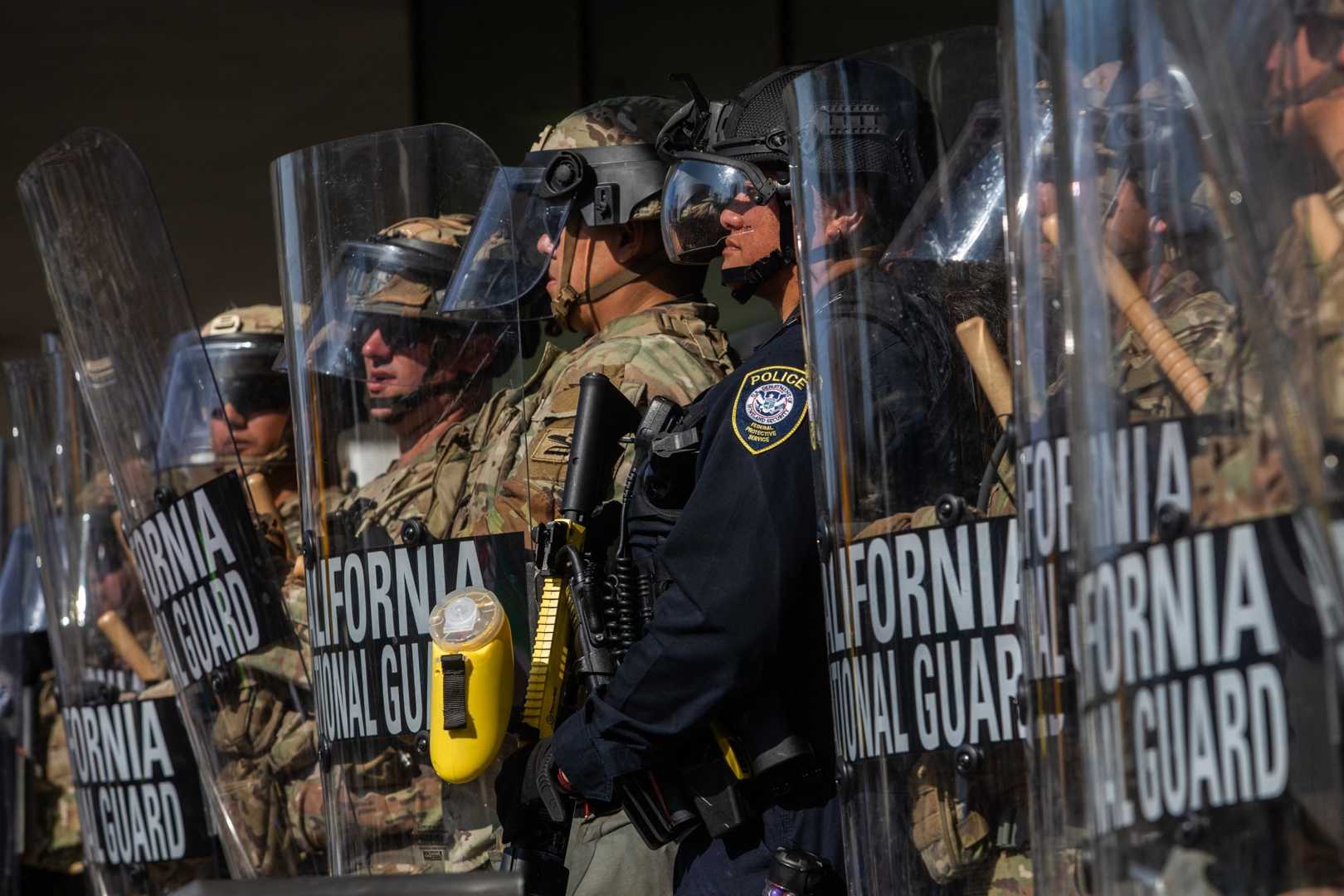News
Protests against ICE escalate amid National Guard presence in Los Angeles

Los Angeles, California — Protests against the U.S. Immigration and Customs Enforcement (ICE) have intensified in Los Angeles as National Guard troops arrive to assist local law enforcement. Demonstrators began gathering outside City Hall on Tuesday as tensions escalated following three days of anti-ICE riots across the city.
California Lt. Gov. Eleni Kounalakis praised the protests during an appearance on MSNBC, calling them a “righteous stand for democracy.” She stated, “People are very determined to get out there and be seen. This is the United States. We do not want a king.” Kounalakis did not disclose that the Democratic National Committee (DNC) is actively supporting and organizing these protests.
A recent analysis revealed that at least 70 DNC affiliates are involved in organizing protests across 19 states and the District of Columbia, showcasing a stark political strategy rather than a spontaneous grassroots movement. This orchestration has been dubbed the “protest industrial complex,” aiming to leverage public dissent against the Trump administration.
Demonstrations are scheduled to occur in hundreds of cities nationwide, coinciding with a military parade in Washington, D.C., marking the Army’s 250th birthday. Organizers have been mobilizing support and resources, including flyers and signage branded with Democratic logos, to foster participation.
In Florida, local Democratic clubs are actively recruiting volunteers for protests. Details shared with participants included the provision of signs and logistics for water distribution, indicating a well-structured approach to the demonstrations. Similarly, grassroots events across California and Arizona highlight the DNC’s involvement in shaping the narrative surrounding these protests.
A long-time Democratic volunteer expressed concerns about the orchestrated nature of the demonstrations, stating, “It feels less like a movement and more like a performance. We are told which graphics to share, what signs to print and even how to answer reporters.” This reflects a growing sentiment among some that the protests are more about political messaging than authentic public outrage.
As protests unfold, questions about their grassroots legitimacy continue to emerge. Critics assert that the Democratic Party is using these demonstrations as a tool to influence upcoming elections and control the political narrative. Activism is portrayed as a bottom-up response, but evidence suggests it may be directed from above.
As the situation evolves, individuals are urged to consider the motivations and organization behind these protests. Rather than merely voicing dissent, the gatherings represent a calculated effort by political entities to assert influence in the public sphere.












